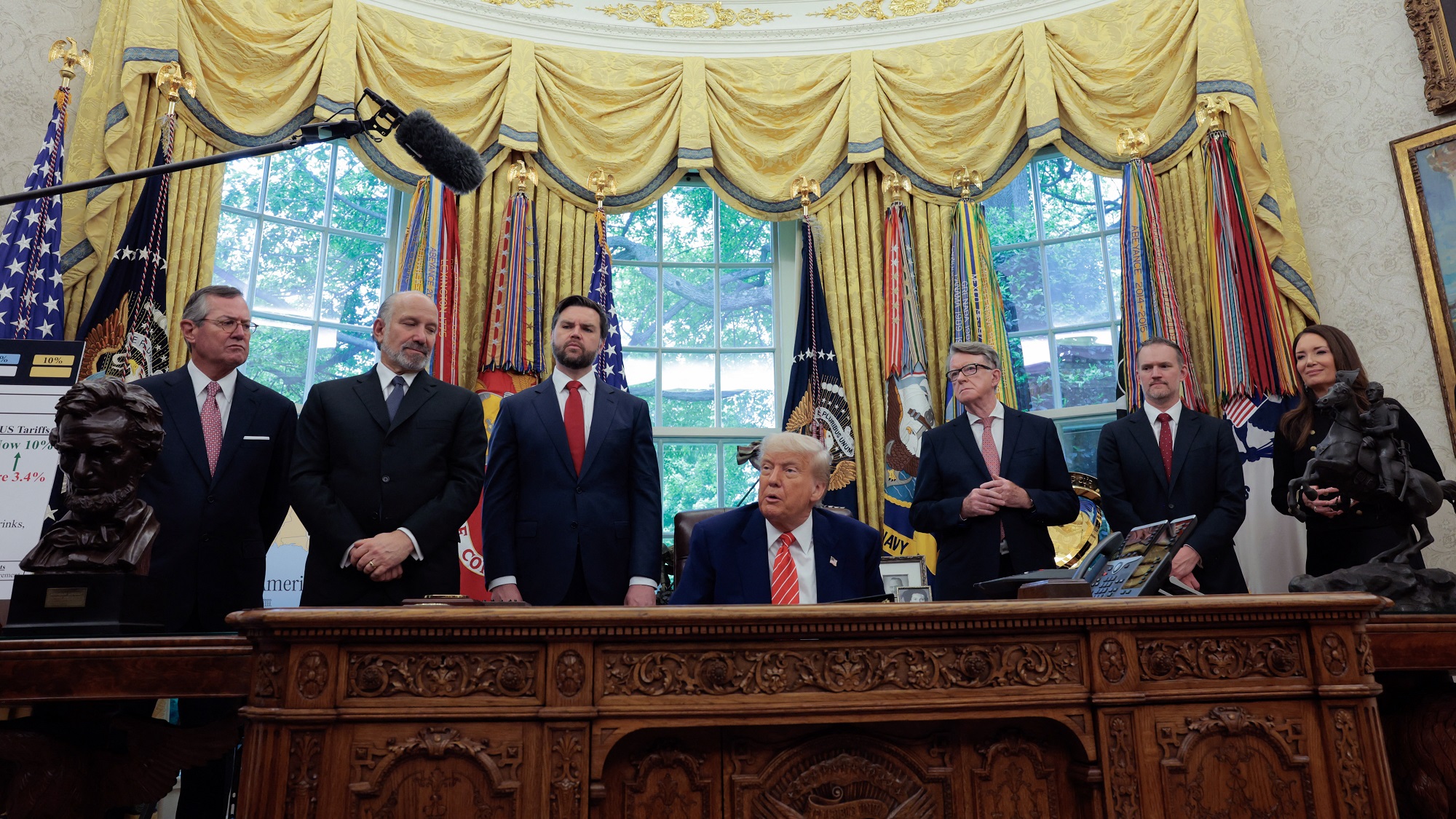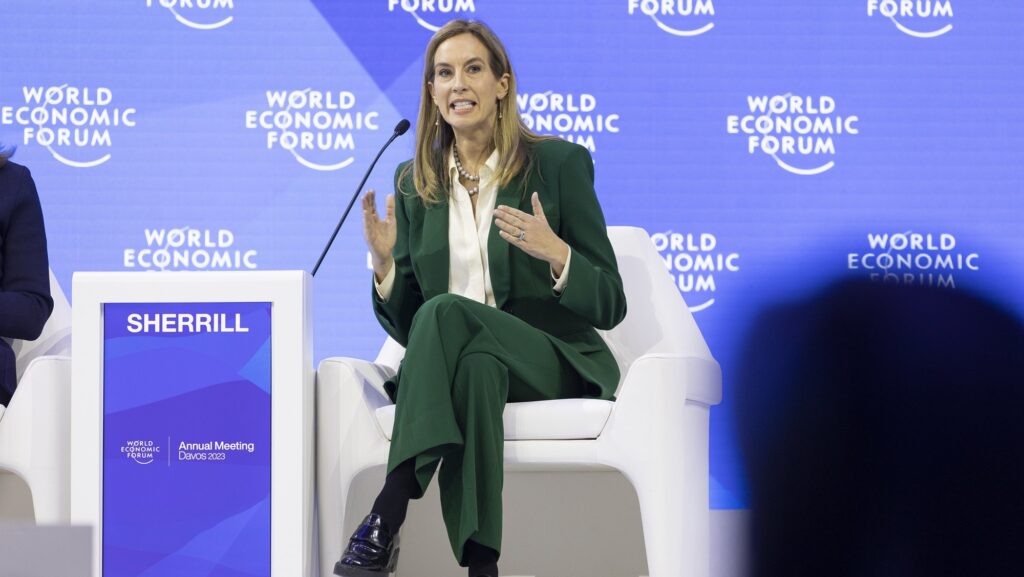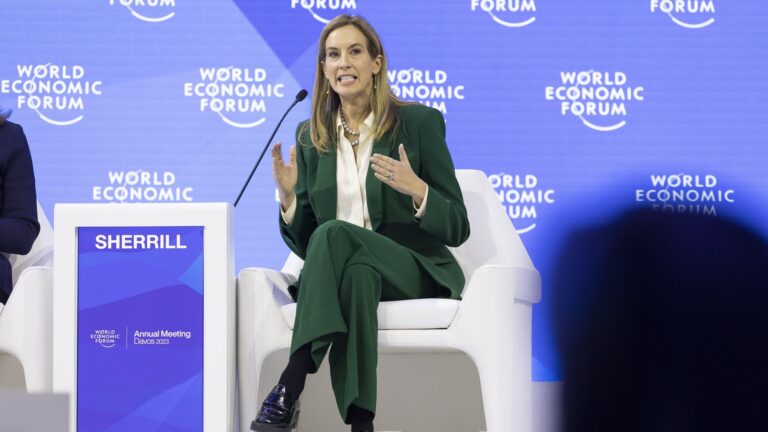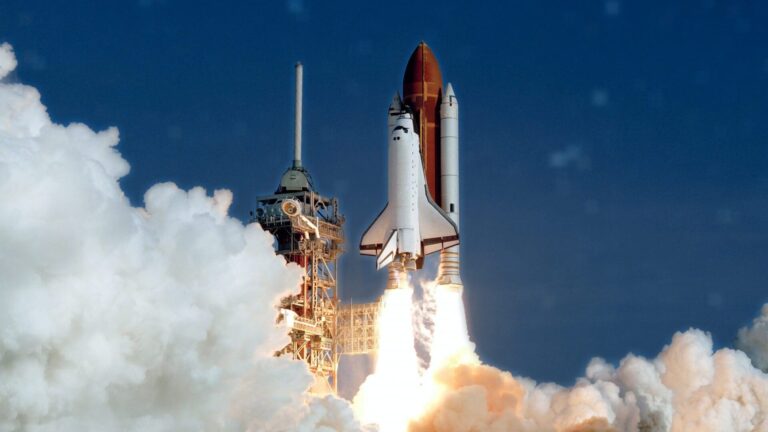US President Donald Trump announced the completion of the first trade deal of his second term on Thursday, 9 May. However, despite what people originally anticipated, it was not with India, with which the terms of an agreement were first finalized after Vice President JD Vance visited the South Asian country last month—rather, with the United Kingdom.
President Trump initially shared he was going to have a press conference to announce a trade deal with an unspecified country the day before. The fact that the bilateral agreement was made with the UK was revealed by him in a Truth Social post shortly before the press conference. Among others, US Secretary of Commerce Howard Lutnick, Vice President Vance, and Ambassador Jamieson Greer were present at the conference with the POTUS.
According to the new trade deal with the UK, the baseline tariff on US goods entering the UK—when not specified otherwise in the agreement—will be reduced to 1.8 per cent from the previous rate of 5.1 per cent. Meanwhile, the US raises its baseline tariff on UK imports to 10 per cent from the previous 3.4 per cent. However, steel made in the United Kingdom and shipped in the US will have a tariff rate of 0, and tariffs on UK auto products will be lowered from 27.5 per cent to the baseline 10 per cent. In addition, US farm produce, ethanol, and machinery will now be allowed in the British market as well.
Charlie Kirk on X (formerly Twitter): “President Trump posts a graphic outlining some of the broad principles of the UK Trade deal just agreed to. pic.twitter.com/wjGZdcojFQ / X”
President Trump posts a graphic outlining some of the broad principles of the UK Trade deal just agreed to. pic.twitter.com/wjGZdcojFQ
At the press conference, President Trump called the new agreement a ‘tremendous trade deal for both countries’, while Prime Minister Keir Starmer of the United Kingdom, who joined the event over the phone, said that it was ‘a tremendous, historic day’. President Trump also highlighted that the UK had agreed to have its relevant agencies expedite the approval process of US-made products entering its market.
Negotiations about the so-called ‘digital service taxes’, which primarily affect American tech companies, are still ongoing between the two countries.
Markets, as expected, reacted very favourably to the new development. The Dow Jones index rose by 0.62 per cent, and was up as much as over 1.5 per cent in the day’s session as well. However, it is still down 2.42 per cent year-to-date. Meanwhile, the S&P 500 ended the day up 0.58 per cent; and the NASDAQ index had the biggest gain, 1.07 per cent.
Related articles:







